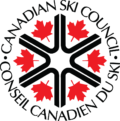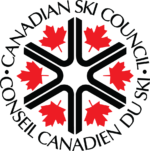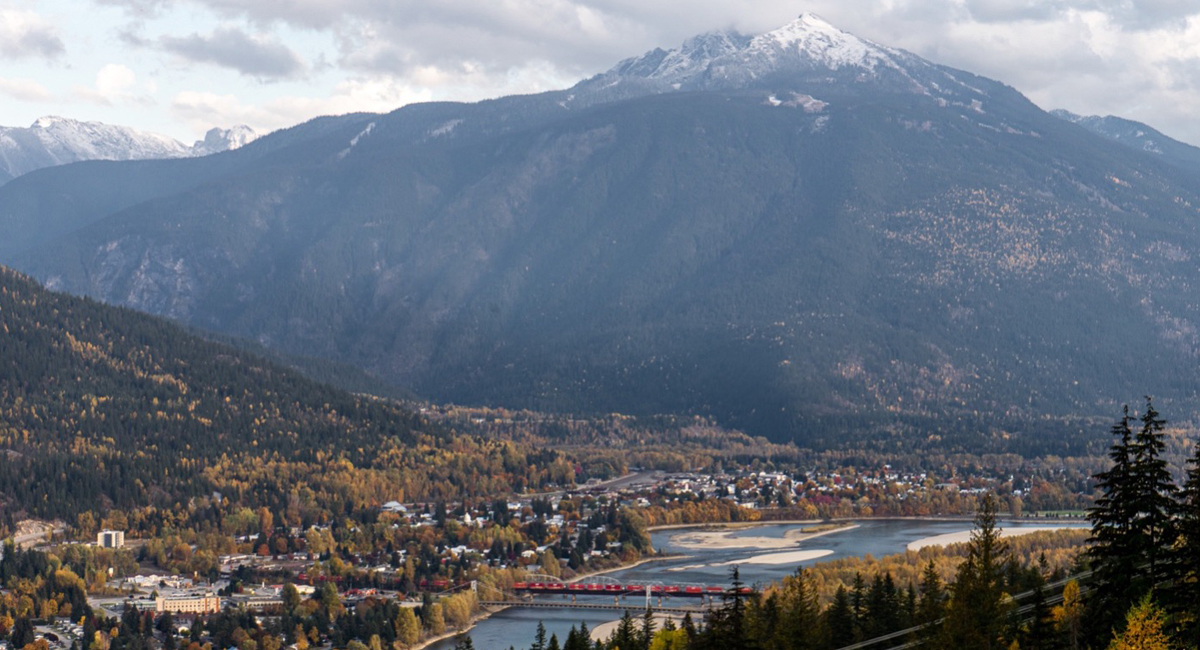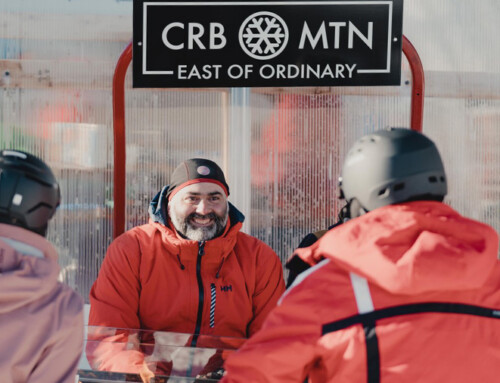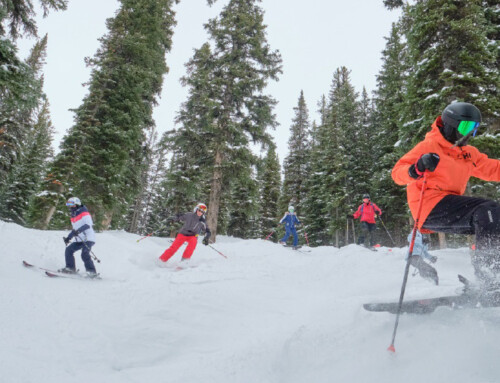If there is tension between ski areas and locals — and let’s be honest, in most places there is — it’s not caused by a lack of powder days and fresh tracks.
Some dream of living at the foot of a ski area, and there are the lucky few that do. It’s hard to pity them when their morning commute looks like the intro to a TGR flick, but the reality of mountain town living is not always a fairy tale.
Much like the rest of the world, mountain towns are plagued by worker shortages, housing crises and high living costs. These issues are amplified in ski communities. Unchecked visitor growth, population swaps and bearing the burden of having to experience new challenges can leave locals feeling left behind. In tough times, the local perception can be that the ski area isn’t doing its part to accommodate or consider the community’s issues.
Before Revelstoke, B.C. was a ski town, it was a railway town, a forestry town and the site of two major hydraulic dam projects. Revelstoke Mountain Resort (RMR) was born into a well established community. The luxury of a world-class resort rivalled by long-serving industries creates an inimitable sense of authenticity. The local economy has never entirely depended on the ski resort, and the population reflects that.
Ski areas provide numerous benefits to their neighbouring communities – industry stability, increased economic diversity, job opportunities, population growth, provincial funding and world-class recreation. On the flip side, whenyou consider a resource-based industry’s impact, the benefits offered are moot if the impact to the surrounding environment is done without caution and consideration for the folks who live and rely on that environment. Tourism can be considered the same extractive industry; more tourists mean booming economic benefits, but it comes at a cost to locals.
As easy as it is for tourists to see and experience an incredible recreational opportunity, it’s just as easy for the local population to view tourism as an inconvenience. Among the biggest challenges ski areas face regarding relationships with their locals, are residents feeling like tourism is driving them out of the community, or making it unaffordable.
Robyn Goldsmith, Destination and Sustainability Manager at Tourism Revelstoke, says that as a DMO, they represent the interest of their stakeholders. With persisting problems caused by unchecked visitation and growth in ski communities, many businesses don’t want more visitors — they want visitors that reflect the values of the community.
A Destination Canada study of key trends shaping the future of Canada’s tourism industry post-pandemic finds that market trends such as responsible travel and the ascendance of communities have taken new urgency. The study finds that the COVID-19 pandemic has accelerated the need for broader alignment with the community. The need for greater industry, community and government alignment is a priority in shaping tourism’s future. Many mountain towns advocate being seen as a community first and a destination second.
The existence of the tourism industry in resort communities depends on a social license to operate. “If we get to a level where we are over-touristed, and we have a bunch of exploitative tourists, we will lose that social license, and then the experience for both visitors and locals in town will become degraded,” explains Goldsmith.
Resorts significantly impact their communities, requiring more proactivity and intervention in public spaces to show up for local interests. “[Locals] need to see the resort and the people who work at the resort, especially those in higher up positions, as community members,” Goldsmith says.
Vice President of Revelstoke Mountain Resort, Peter Nielsen, says communication is the key to a successful relationship with the local community. Outlining the resort’s goals, communicating plans and highlighting successes are crucial to understanding who and what the resort stands for. He adds that an active presence in the community is also essential.
One strategy RMR implements to bridge the gap is local’s ski days. “Number one, it’s a thank you to locals, and we want folks who aren’t in the RMR Passholder base to get a chance to interact with the resort at a really affordable level,” says Nielsen. “And from a resort perspective, it’s also an invitation for those who may have fallen out of the sport to come back and fall in love over again.”
